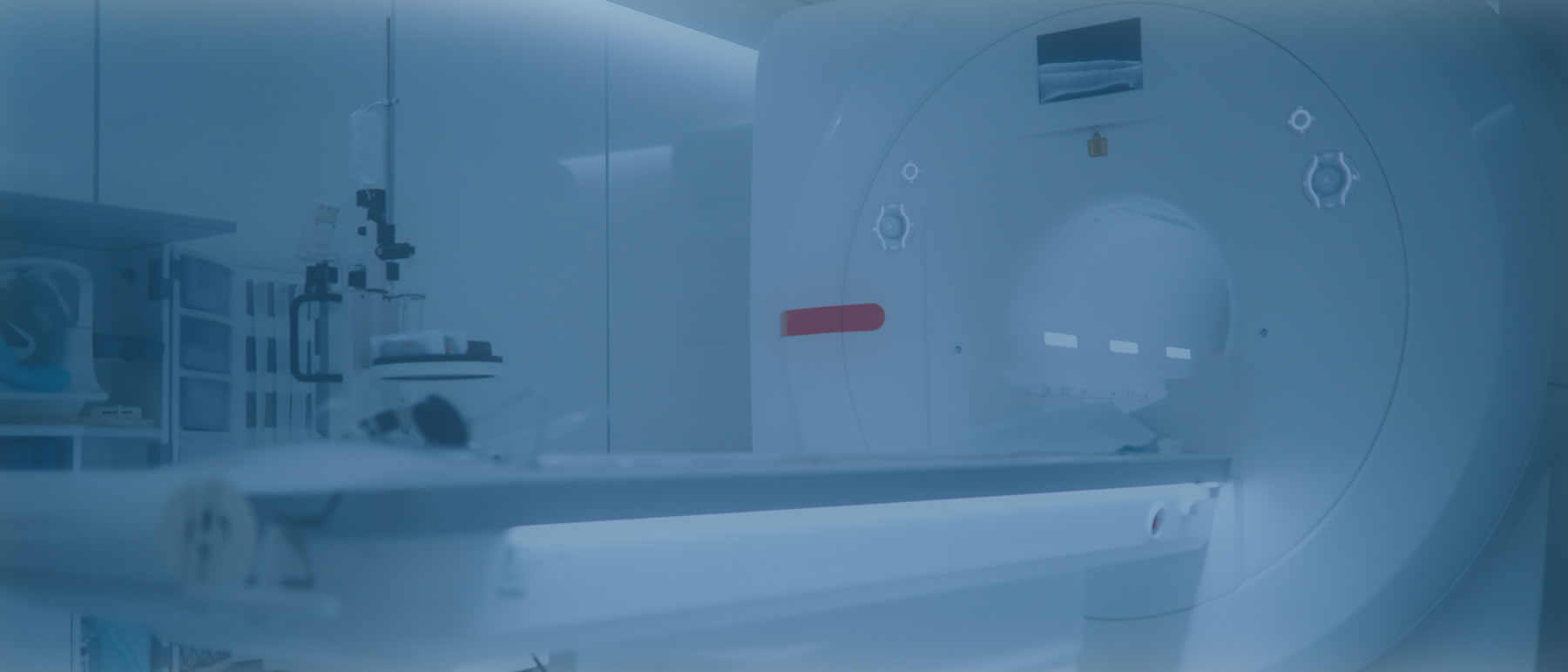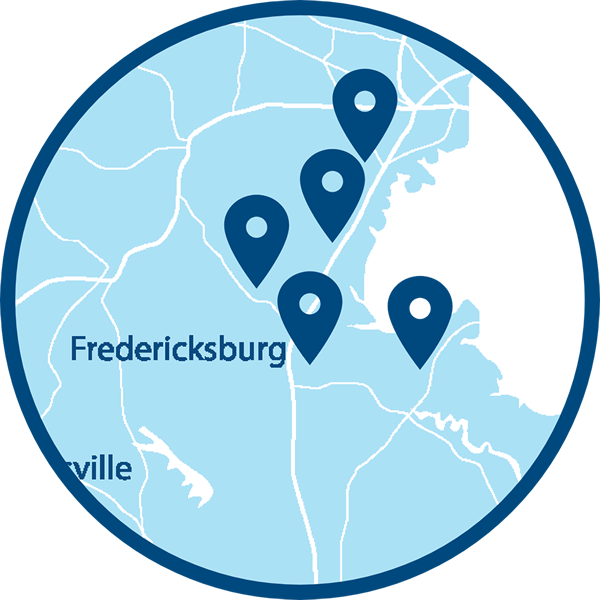Medical Imaging of Fredericksburg is proud to provide state-of-the-art medical imaging tests and procedures throughout Fredericksburg, Stafford, Spotsylvania, and beyond.
Our fully ACR accredited facilities are staffed by qualified, caring imaging teams dedicated to the comfort of our patients and in-house Board-Certified, Fellowship Trained Radiologists. There’s no need to travel elsewhere for medical imaging tests and procedures. MIF is proud to offer the latest advancements in medical imaging, at the lowest costs in the region.
We Are Here For You
At Medical Imaging of Fredericksburg, our patient’s health and comfort is our highest priority. That’s why we proudly offer medical imaging services across multiple locations, so our patients have easy access to the care they deserve.

What Is
Diagnostic Imaging?
Using advanced technology, diagnostic imaging provides clear, detailed pictures of bones, organs, tissues, and more, giving your doctor the insights they need to guide treatment and improve outcomes.



Your Home for
Medical Imaging
Medical Imaging of Fredericksburg (MIF) is proud to be the largest provider of medical imaging in the region. Between our wide range of locations within the Fredericksburg, Stafford, and Spotsylvania areas, we offer mammograms, MRIs, Bone Density scans, X-Rays, CT scans, and more. Our large scope of services means you don’t have to spend time searching for the right scan, and you can be diagnosed and treated quickly!
